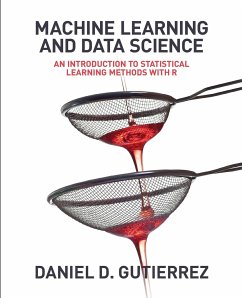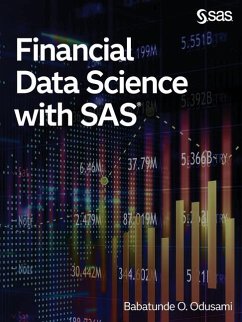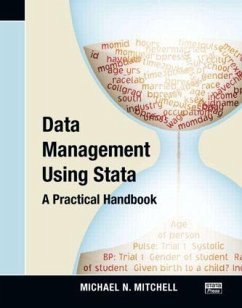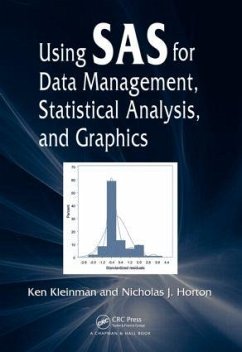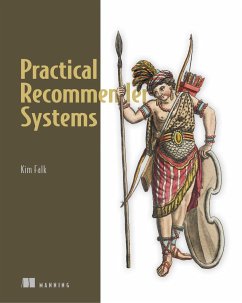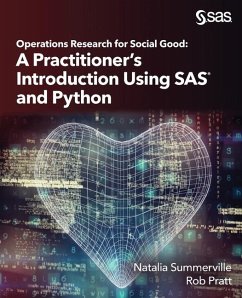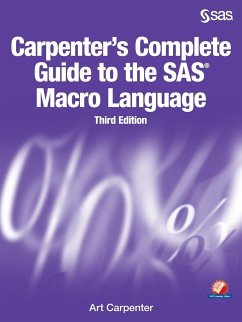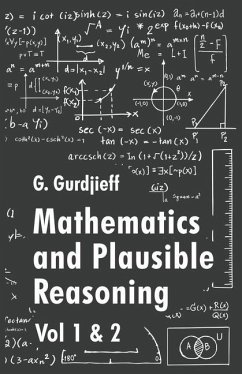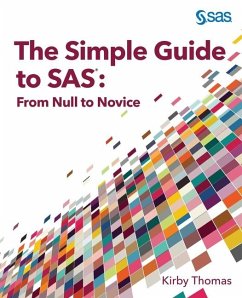
Data Science Through R Unsupervised Learning
Dimension Reduction Techniques
Versandkostenfrei!
Versandfertig in über 4 Wochen
29,99 €
inkl. MwSt.

PAYBACK Punkte
15 °P sammeln!
The researcher will have to consider whether he assigns equal importance to all his variables, that is, whether no variable stands out as the main dependent variable in the research objective. If this is the case, because he is simply handling a set of diverse aspects observed and collected in his sample, he can turn to what could be called descriptive techniques or interdependence analysis techniques (unsupervised learning techniques in the language of Machine Learning) for their treatment as a whole. And he can do so with two different orientations: on the one hand, to reduce the size of an ...
The researcher will have to consider whether he assigns equal importance to all his variables, that is, whether no variable stands out as the main dependent variable in the research objective. If this is the case, because he is simply handling a set of diverse aspects observed and collected in his sample, he can turn to what could be called descriptive techniques or interdependence analysis techniques (unsupervised learning techniques in the language of Machine Learning) for their treatment as a whole. And he can do so with two different orientations: on the one hand, to reduce the size of an excessively large data table due to the high number of variables it contains and keep a few fictitious variables that, although not observed, are a combination of real ones and synthesize most of the information contained in his data. You should also take into account the type of variables you are dealing with. If they are quantitative variables, the techniques that allow this treatment are Principal Component Analysis and Factor Analysis, and if they are qualitative variables, you will use Correspondence Analysis. The other possible approach when faced with a collection of variables, without any of them being outstanding in dependence, would be to classify its individuals into more or less homogeneous groups in relation to the profile they present, in which case you will use Cluster Analysis, in which the groups, not previously defined, will be configured by the variables you use. Throughout this book, most of the unsupervised learning techniques are developed from a methodological point of view and from a practical point of view with applications through the R software. The Dimension Reduction Techniques are explored in depth, including Principal Component Analysis, Factor Analysis, Simple Correspondence Analysis, and Multiple Correspondence Analysis. For all topics, a methodological introduction is presented, followed by illustrative examples and exercises solved with the R software.



